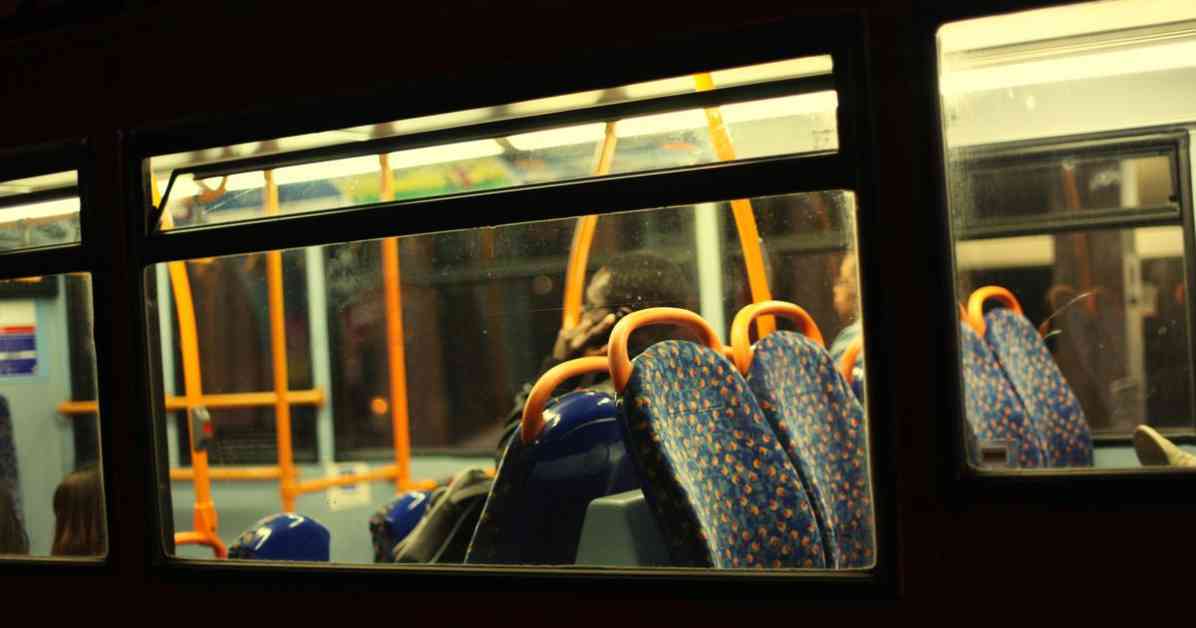Evolution of Night Bus Services in London
Night buses have long been a lifeline for Londoners needing to navigate the city outside of regular operating hours. Dating back to 1913, the concept of night buses has evolved over the years to become a key part of the city’s public transportation network. While the Night Tube and Night Overground services have gained popularity in recent years, it was London’s night bus network that first provided essential connections for party-goers and night shift workers.
In the 1970s, the night bus network as we know it today began to take shape, with a core set of routes mirroring the busiest Tube lines and bus routes. These routes provided vital connections into and out of Zone 1 when daytime services were not running. Over time, most night buses have become carbon copies of their daytime counterparts, with some routes extending further into Outer London to serve a wider range of passengers.
Expansion Beyond London
While most night buses operate within the Greater London area, there are a few exceptions that stretch beyond the city limits. The N279 route, for example, is the only TfL night bus route that extends beyond the M25, reaching as far as Waltham Cross in Hertfordshire. Other routes like the N5, N20, N97, N550, and N551 follow specific Tube line routes, despite having no daytime counterparts with the same route numbers.
In the past, London’s night buses reached even further into the Home Counties, with routes extending to areas like Watford in Hertfordshire, Banstead in Surrey, Debden in Essex, and Hammond Street in Hertfordshire. This extensive geographical network was a response to the growing demand for night-time transportation in the 1980s and 1990s, when London’s night-time economy was on the rise.
Changes in Night Bus Services
The introduction of the Night Tube, Night Overground, and overnight National Rail services has led to changes in London’s night bus network. While night buses once played a crucial role in connecting London to the surrounding areas, the availability of other 24-hour transportation options has reduced the need for such extensive geographical coverage.
Today, the focus has shifted towards optimizing routes and services to better serve passengers within the city limits. The rise of franchising systems and harmonized fares has led to a more efficient and streamlined night bus network, with shorter travel times and improved connections to key destinations.
In conclusion, while London’s night bus services have a long history of providing essential transportation outside of regular operating hours, the evolution of the city’s public transportation network has led to changes in the way night buses operate. As the city continues to grow and develop, it will be interesting to see how night bus services adapt to meet the changing needs of Londoners.












